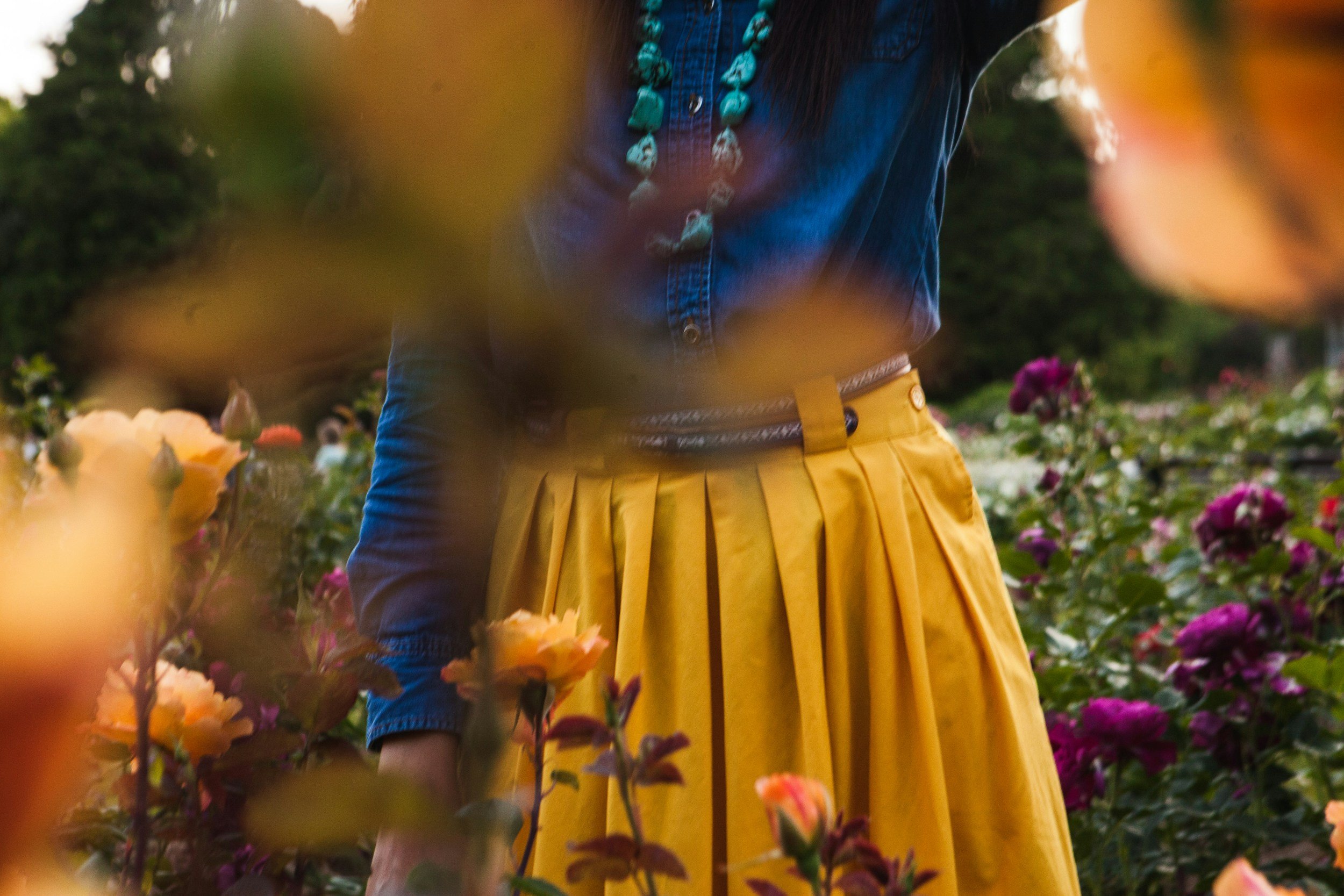Low Stress Training: How Fashionistas Are Adopting Gardening Techniques for Style
By PAGE Editor
In the ever-evolving world of fashion, inspiration can come from the most unexpected places. Recently, a unique trend has emerged where fashion enthusiasts are borrowing techniques from the realm of gardening to cultivate their personal style. Known as Low Stress Training (LST), this gardening method involves gently guiding plant growth to achieve desired shapes and outcomes.
Surprisingly, fashionistas are now applying these principles to their wardrobes, crafting meticulously curated and sustainable collections that reflect a mindful approach to style. Let's explore how this fascinating crossover between gardening and fashion is taking root and flourishing in the world of couture.
How Are Fashionistas Incorporating LST Principles Into Their Style?
Fashionistas are always on the lookout for innovative ways to express their individuality. The adoption of LST principles in fashion is a creative endeavor where individuals curate their wardrobes with the same careful attention a gardener gives to their plants.
Instead of impulsively purchasing the latest trends, fashion enthusiasts are learning to cultivate their style with patience and precision, ensuring each piece complements the other and fits their personal aesthetic. You can learn more about this technique through cannabis low stress training that provides high yield.
Wardrobe Pruning: What Can We Learn from Gardeners?
Just as gardeners prune plants to remove unnecessary branches and encourage growth, fashionistas prune their wardrobes. This means regularly assessing and editing their clothing collections to keep only what truly fits and flatters. Pruning helps create a more cohesive and functional wardrobe, eliminating the clutter of unused or ill-fitting items. This practice streamlines daily dressing routines, encourages mindful consumption, and reduces waste.
Can LST Enhance Personal Style and Sustainability?
LST principles emphasize careful planning and maintenance, which can significantly enhance personal style and sustainability. By taking a more thoughtful approach to fashion, individuals can build a wardrobe that is not only stylish but also sustainable. This involves selecting high-quality, versatile pieces that can be mixed and matched, reducing the need for frequent shopping and minimizing the environmental impact of fast fashion.
How Does Low-Stress Training Promote Slow Fashion?
The slow fashion movement prioritizes quality over quantity and makes deliberate, conscious choices about what to buy and wear. LST complements this philosophy perfectly. Adopting LST techniques allows fashion enthusiasts to nurture their style slowly and thoughtfully. This approach discourages the fast fashion mentality of constant newness and fosters a deeper appreciation for well-crafted, timeless pieces.
What Role Does DIY Fashion Play in This Trend?
DIY fashion is a significant component of the LST-inspired approach to style. Just as gardeners might use homemade solutions and tools, fashionistas are embracing DIY methods to customize their clothing.
This could involve upcycling old garments, adding personal touches to store-bought items, or even creating new pieces from scratch. The DIY aspect of LST in fashion encourages creativity and individuality, allowing people to develop a unique style that reflects their personality and values.
How Are Fashion Communities Embracing LST Techniques?
Fashion communities, both online and offline, are increasingly sharing tips and techniques inspired by LST. Social media platforms are filled with tutorials on wardrobe pruning, DIY fashion projects, and sustainable styling tips. These communities provide support and inspiration for individuals looking to adopt a more mindful and creative approach to fashion. By learning from each other, fashionistas can refine their LST skills and continue to innovate within their personal style.
What Are the Benefits of Adopting LST in Fashion?
Implementing LST principles into fashion offers many advantages. First and foremost, LST encourages more ethical clothing consumption practices that reduce environmental footprint. Second, LST fosters personalized and thoughtful style decisions; each item in one's wardrobe should be selected with consideration to create an integrated and functional wardrobe and make daily dressing simpler and more pleasurable.
How Can You Start Implementing LST in Your Own Wardrobe?
If you want to adopt LST principles in your fashion choices, start by assessing your current wardrobe. Identify pieces you love and wear frequently, and consider donating or repurposing items that no longer serve you.
Next, focus on building a collection of high-quality, versatile pieces that can be mixed and matched. Embrace DIY projects to customize your clothing and add personal touches. Finally, engage with fashion communities for inspiration and support as you cultivate your unique style.
Conclusion: Is LST the Future of Fashion?
Low-stress training (LST), originally a gardening technique, has found a surprising and innovative application in the world of fashion. By adopting LST principles, fashionistas can take a more sustainable, personalized, and thoughtful approach to style.
This trend reflects a growing desire for mindfulness and creativity in fashion, where quality, individuality, and sustainability precede fleeting trends. As more people embrace these principles, LST could shape the future of fashion, fostering a culture of intentional and inspired dressing.
HOW DO YOU FEEL ABOUT FASHION?
COMMENT OR TAKE OUR PAGE READER SURVEY
Featured









As more people look for high-quality kratom, to buy premium white vein kratom online has become the preferred choice for many enthusiasts.